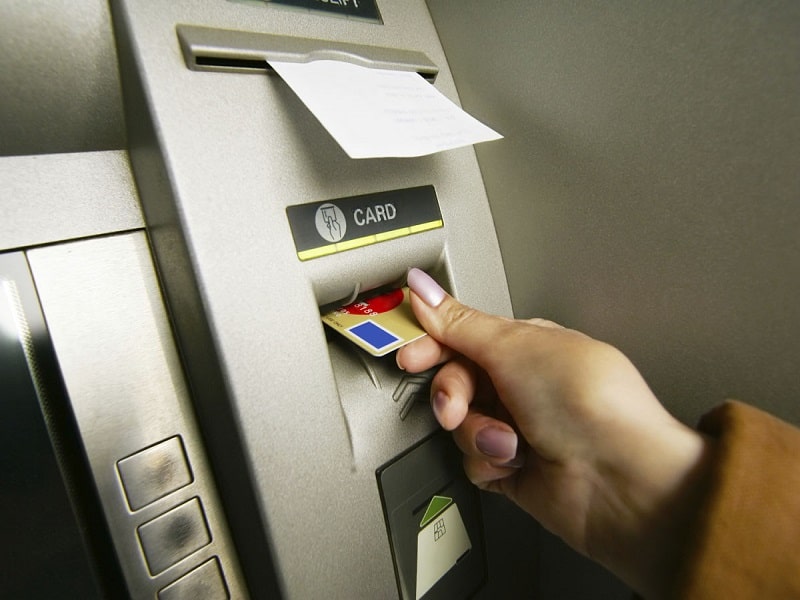
Over-limit costs have actually been a thorn in the side of financial institution consumers for many years, and the complete amount of money that banks take in as a result of over-limit fee costs has been on the rise. This has actually been due primarily to the widespread execution by banks of over-limit security programs tied to checking accounts.
The sheer quantity of revenue because of overdraft account costs that banks have actually been enjoying has actually been staggering – to the tune of over $25 billion (with a “b”) each year for the past several years.
Initially glimpse, the principle of financial institutions getting made up to cover debit charges, credit card charges, and check costs that are made by their consumers against an account with an insufficient account equilibrium seems fair. As well as, in principal, it is: nevertheless, bank customers should just be much more mindful with exactly how they balance their account, right? Well, yes and no. Like the majority of circumstances where cash is on the table, things are not quite that straightforward.
Deceptive Overdraft Account Practices by Financial Institutions
Numerous accountable bank consumers really feel that their financial institutions practice what total up to deceptive methods. For example, some banks have actually confessed to something called transaction stacking, wherein they will refine high-value pending costs prior to low-value charges for a provided financial institution client, therefore boosting the possibilities of an overdraft occurring on a provided day.
Some consumers also believe that their financial institution is actively timing the handling of superior checks to ensure that the checks “struck” the account when the balance is not large sufficient to cover them.
But, among the bank methods that takes several customers by surprise is that of permitting debit charges to sellers to get refined – even when the consumer’s account equilibrium is too reduced to cover them. On the surface this looks like a politeness, however the resulting over-limit fees of $30 or even more per instance don’t feel by doing this to the majority of customers.

Financial institutions counter that this last practice is not unfair since, besides (they state), customers have accepted enlist in the over-limit protection programs that authorize the financial institution to do so. The problem is, most of these programs have typically been “opt-out,” which indicates that if clients do not ask NOT to be registered in the programs, they are automatically registered upon account creation.
The Fed Steps In with Opt-In Requirement
It is for that reason that, starting on July 1, 2010, banks are called for by brand-new Federal Reserve guidelines to make their overdraft account protection programs opt-in instead of opt-out. The brand-new provisions mean that:
1. Customers need to be given the chance to agree to or reject enrollment in overdraft account defense
2. Prior to choosing in, they should be offered the possibility to totally examine the bank’s over-limit charge plan
3. Customer that pick not to decide in should be provided the very same rates and also service terms as consumers who do (to put it simply, no discrimination based upon registration status).
Are These Regulations Enough?
These regulations will likely go a long way to reducing overall consumer expenses on overdraft costs, since certainly some consumers will pick not to register in overdraft account defense. Nonetheless, for those clients that do pick to enroll, a lot of the other seemingly-deceptive over-limit practices will continue to be basically – continuing to set you back clients billions.
Please visit their page to see a list of no-overdraft-fee banks in your area and look at more info.
